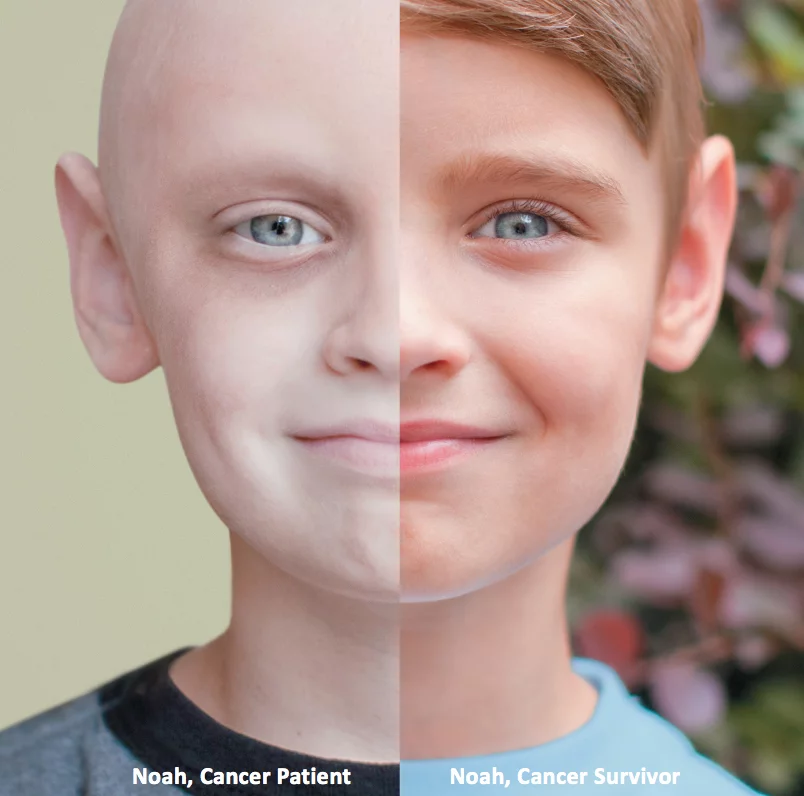
Diagnosed with Cancer? Your two greatest challenges are understanding cancer and understanding possible side effects from chemo and radiation. Knowledge is Power!
Learn about conventional, complementary, and integrative therapies.
Dealing with treatment side effects? Learn about evidence-based therapies to alleviate your symptoms.
Click the orange button to the right to learn more.
- You are here:
- Home »
- Blog »
- non-conventional therapies »
- Late Stage Side Effects- Acute Lymphoblastic Leukemia- Brain Damage
Late Stage Side Effects- Acute Lymphoblastic Leukemia- Brain Damage

“However, many of these survivors develop long-term chronic health conditions, with a relatively common late effect being neurocognitive dysfunction…”
Toxic chemotherapies cause so many long-term and late stage side effects that it’s only logical to think that chemotherapy also causes long-term damage to the brain.
I have struggled with more than a dozen long-term and late stage side effects since my conventional therapies in ’94,’95, ’96. I have a common side effect of high-dose chemotherapy called chemobrain or cognitive disfunction. I think adult chemobrain is pretty much the same kind of brain trauma discussed in the article linked and excerpted below.
My perspective of this long-term collateral damage is first, it is important to acknowledge that cure rates of pediatric ALL as well as other pediatric cancers is over 90%. Second, it is important to acknowledge that aggressive chemotherapy will damage the brain. No matter how old the cancer patient is. The damage that a cancer patient may sustain will differ among patients but toxic chemotherapy will damage all organs. Especially your brain.
The real question then is whether or not the brain damage caused by aggressive chemotherapy can be healed. My experience is that while my chemobrain is not healed 100%, my brain function-executive function, memory, multi-tasking, facial recognition, attention, others- is greatly improved and continues to improve. Further, as a 56 year old, it’s a high priority for me to improve my brain function.
Nutrition, lifestyle therapies and supplementation can all improve brain health according to numerous studies. I consider continued brain health to be just as important as managing my other long-term and late stage side effects such as heart and nerve damage. In short, the new normal is all about managing the collateral damage caused by aggressive conventional therapies shortly after I was diagnosed with multiple myeloma in 1994.
To learn more about those therapies to manage and heal collateral damage from toxic chemotherapy and or radiation, scroll down the page, post a question and I will reply. Or you can click the cancer coaching button to the right to this post.
thank you,
David Emerson
- Cancer Survivor
- Cancer Coach
- Director PeopleBeatingCancer
Attention problems persist in childhood leukemia survivors treated with chemotherapy alone
“Pediatric acute lymphoblastic leukemia (ALL) patients from the contemporary treatment era remain at risk for attention and learning problems later, researchers report…
This contemporary therapy has helped to reduce treatment-related neurocognitive deficits while maintaining high cure rates. However, although about 90 percent of young ALL patients are alive a decade after their disease was diagnosed; survivors remain at risk for problems with attention and processing speed…
“But we also show these young people are at an elevated risk for attention problems that have real-world consequences, particularly for learning and school performance…
“If we know attention problems seen at the end of therapy continue and contribute to academic problems, then our goal is to intervene earlier to reduce or prevent such difficulties…”
Computer-based interventions designed like video games are more acceptable to families and are proven to improve working memory in childhood cancer survivors with memory difficulties…”
Brain volume and cognitive function in adult survivors of childhood acute lymphoblastic leukemia

